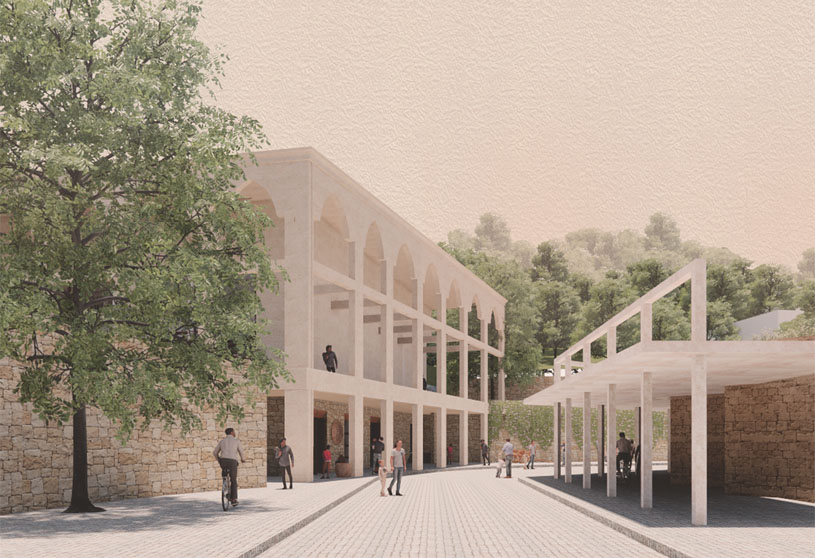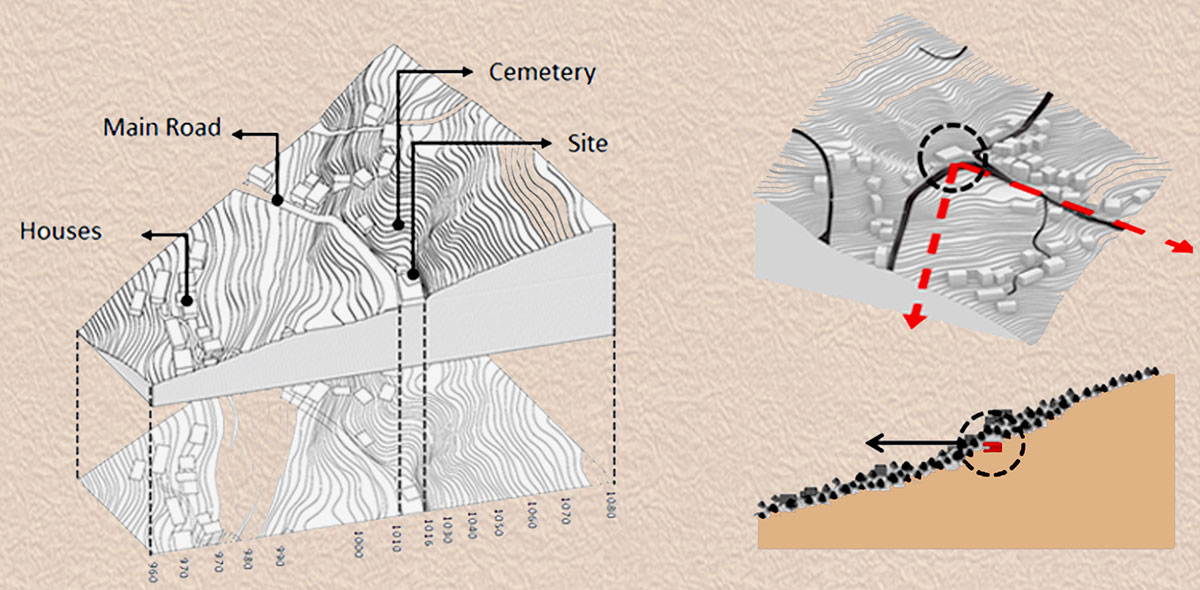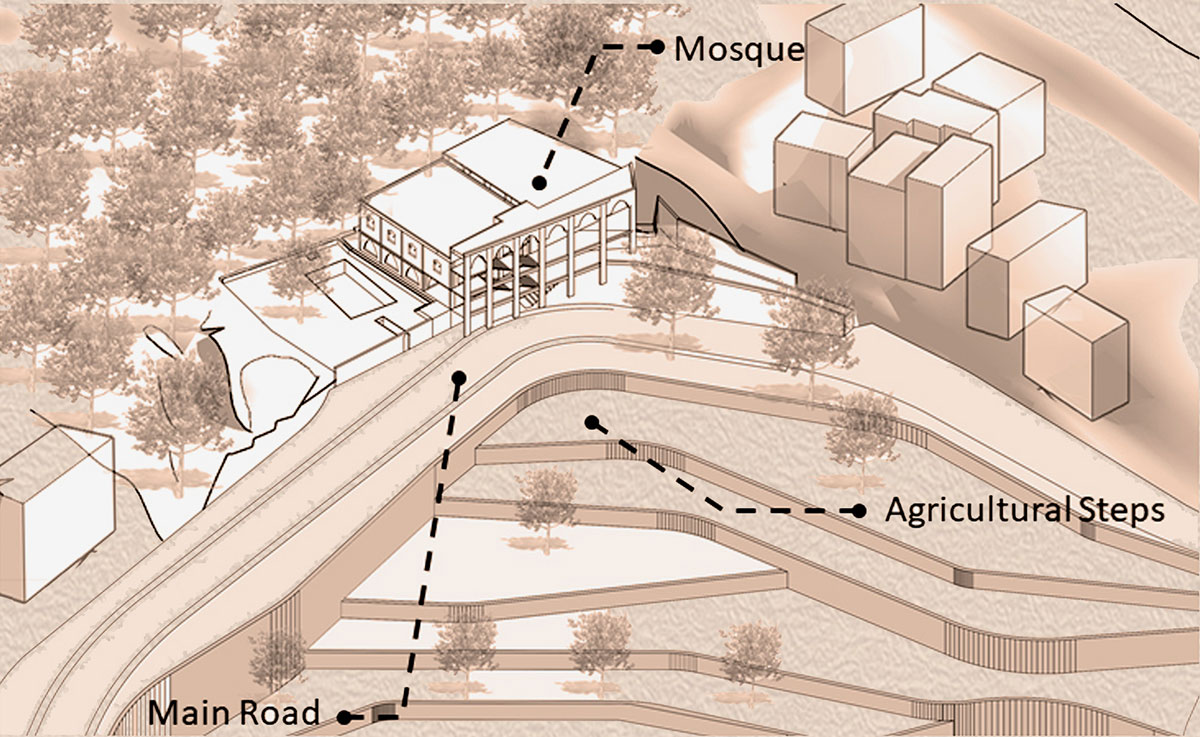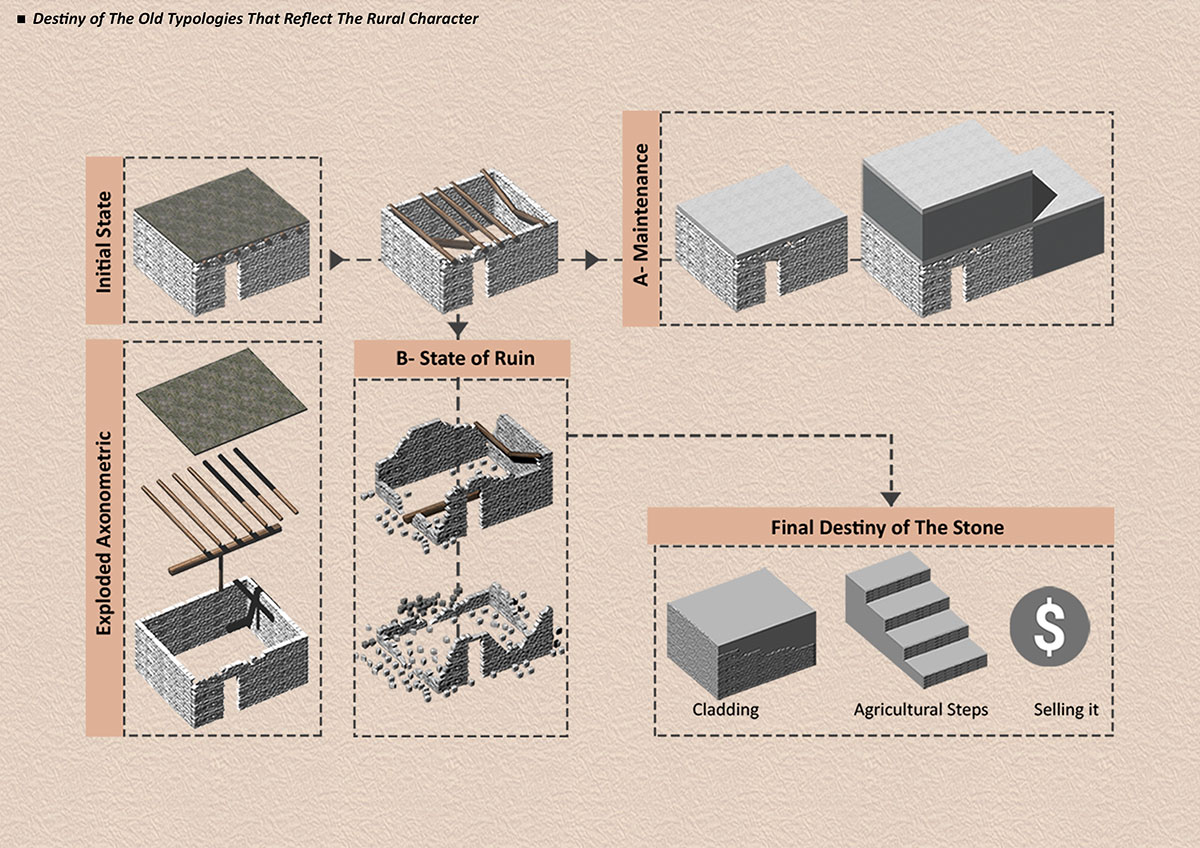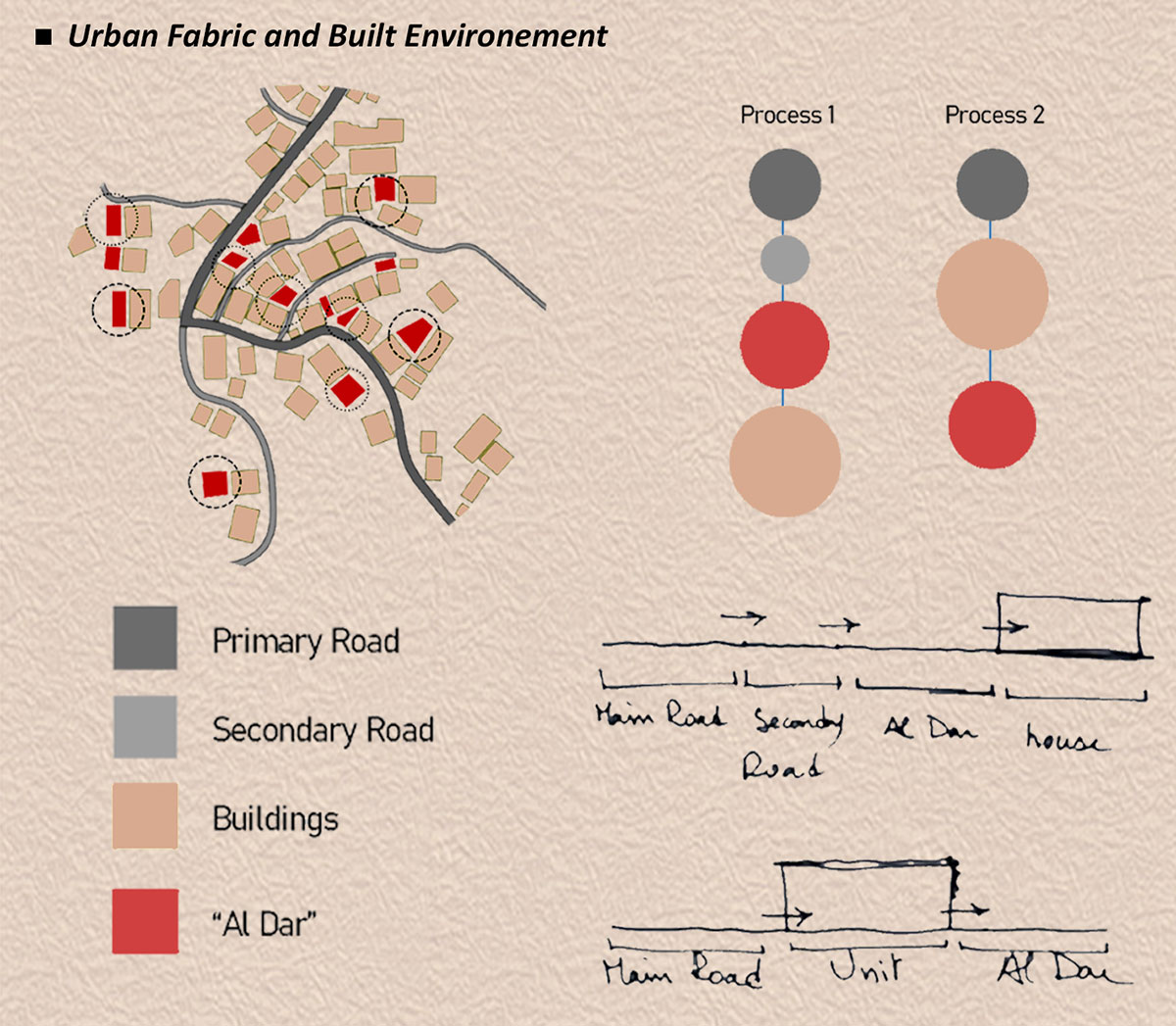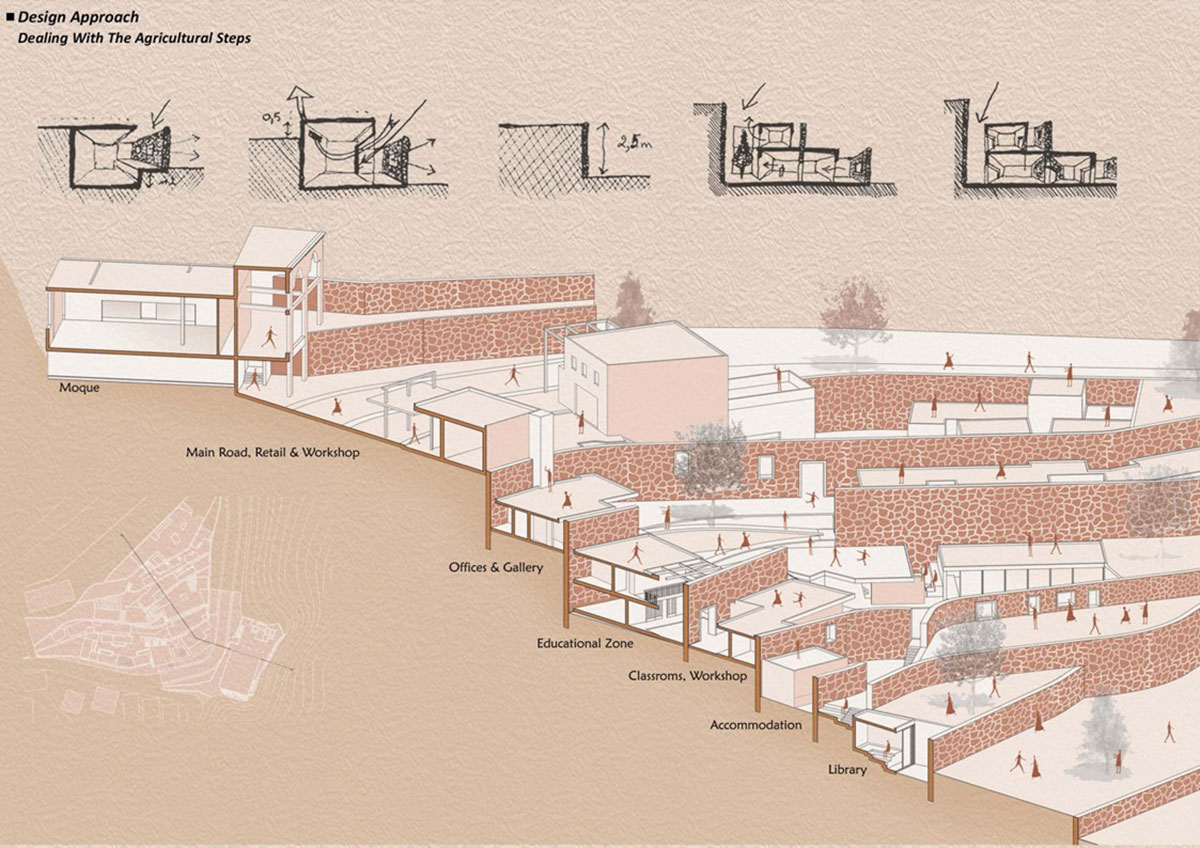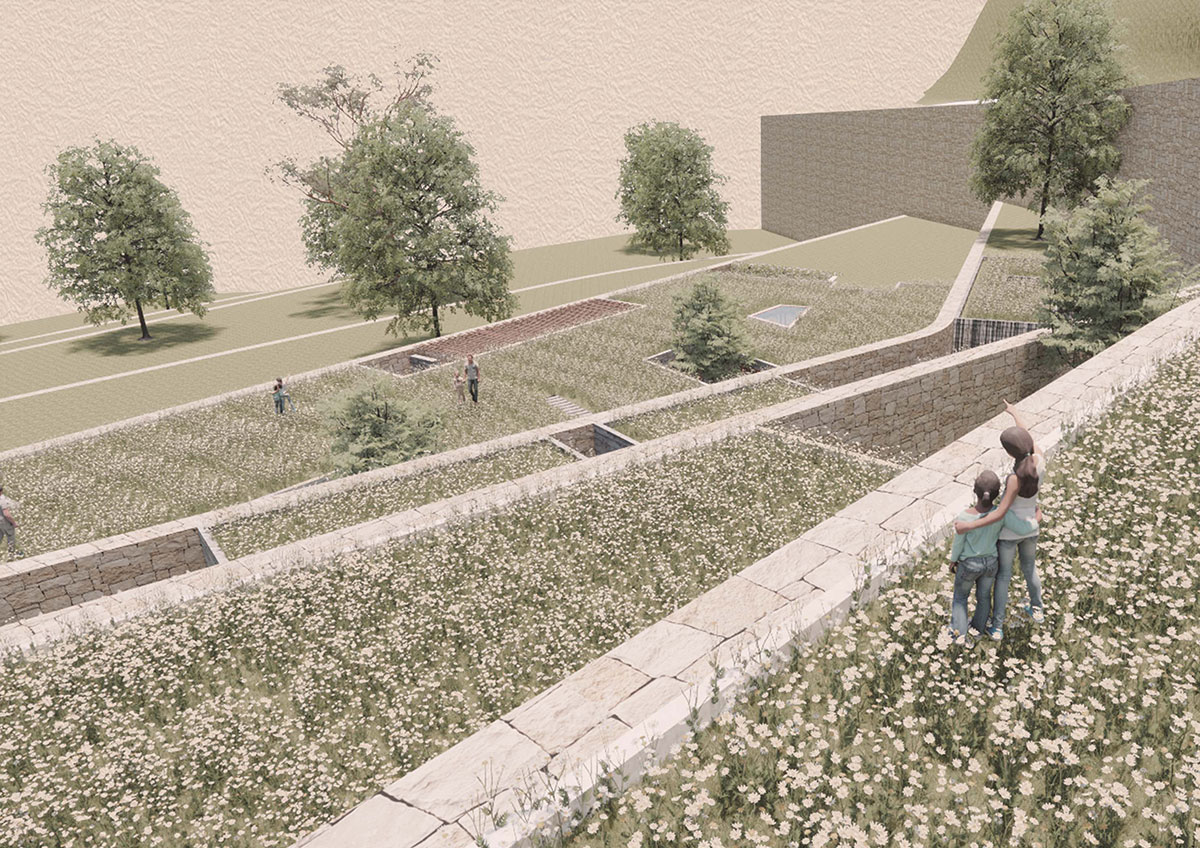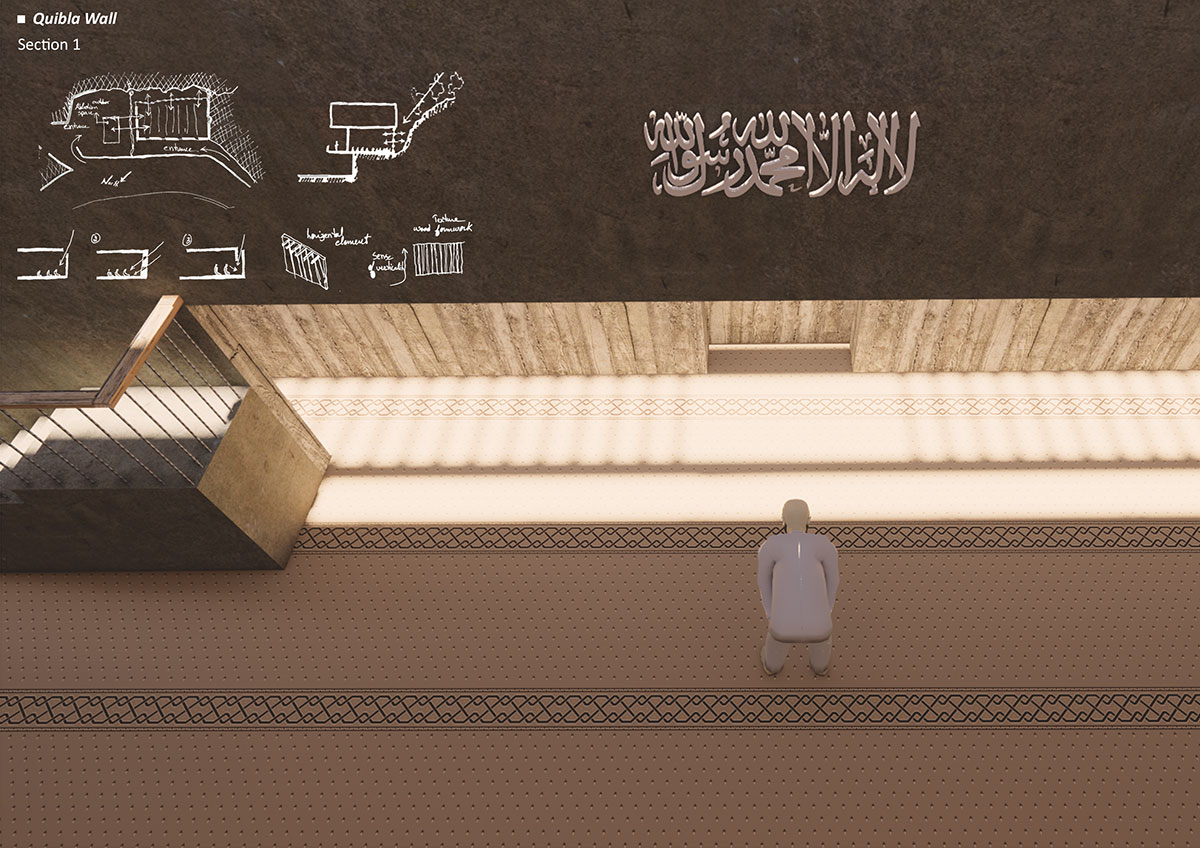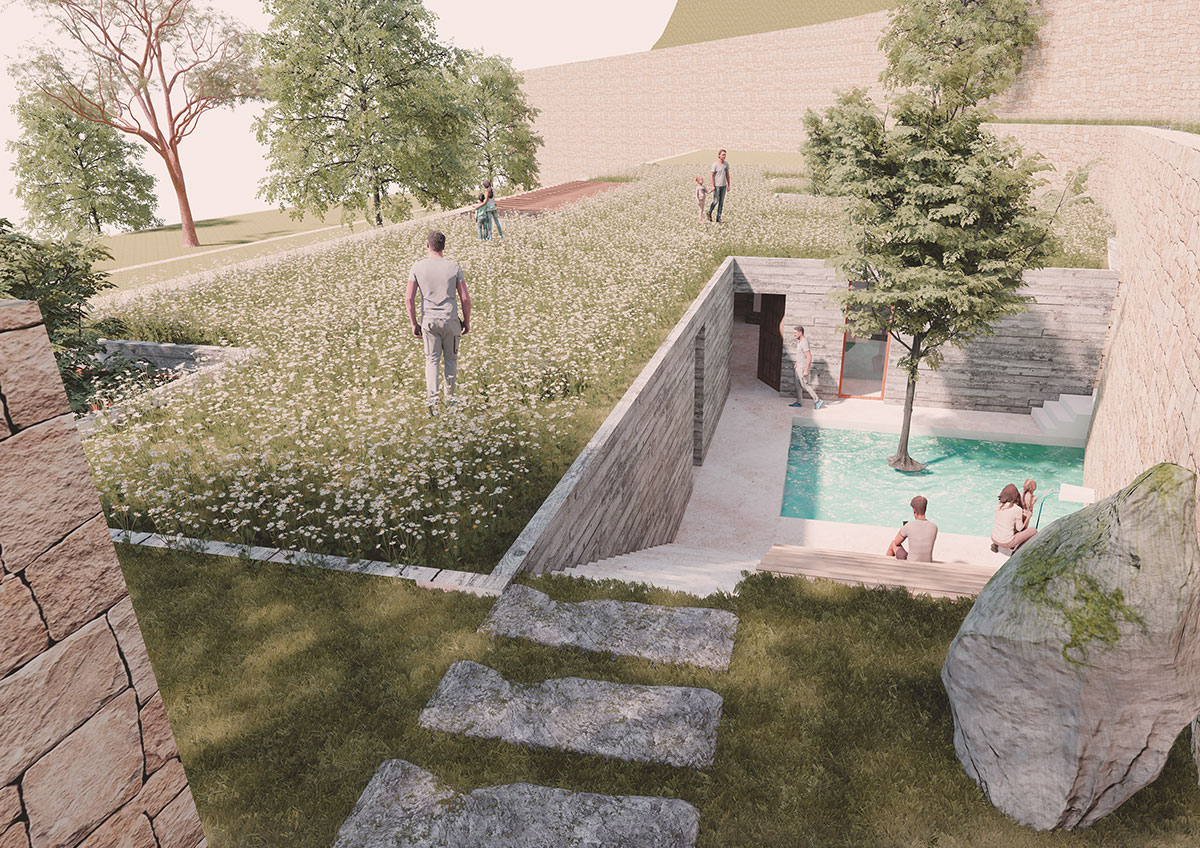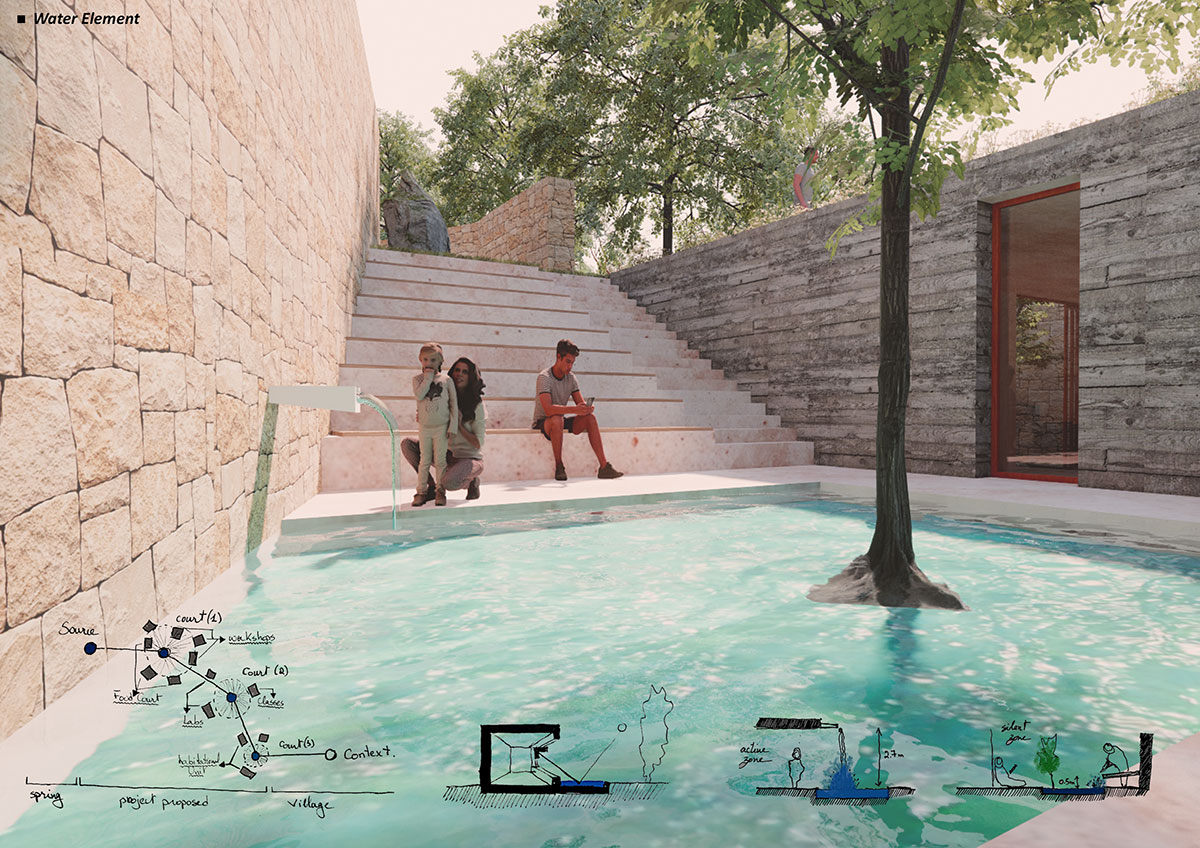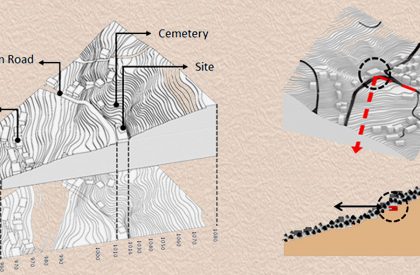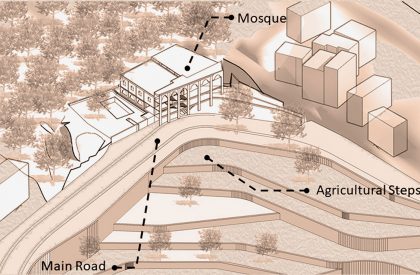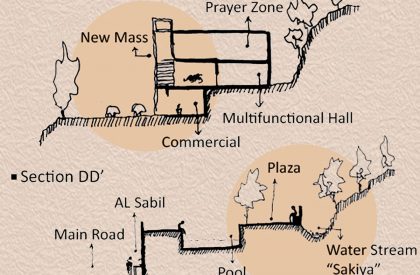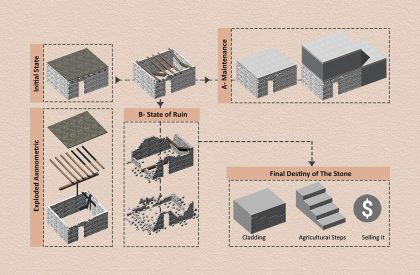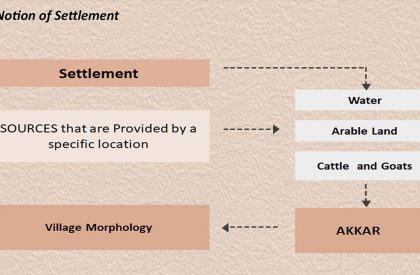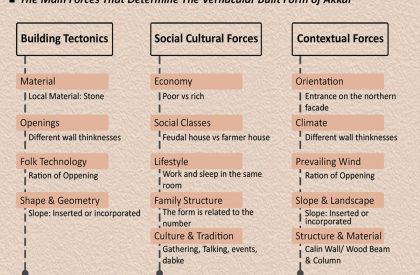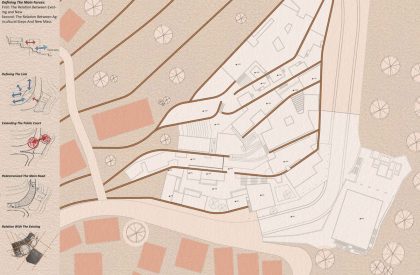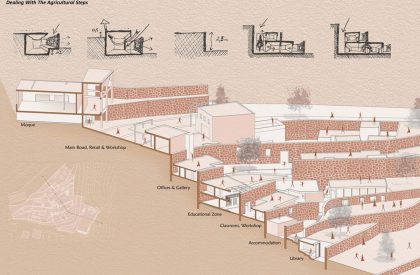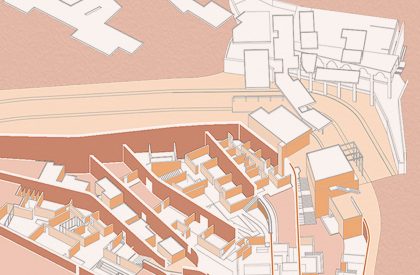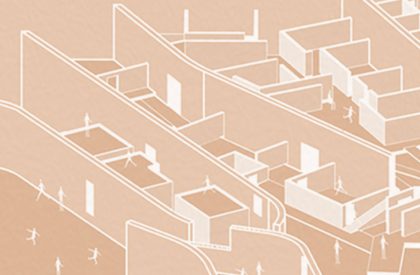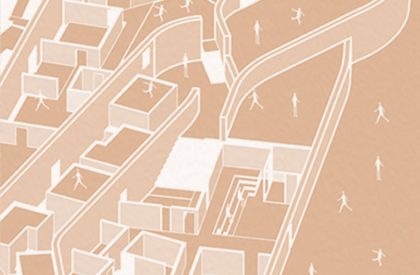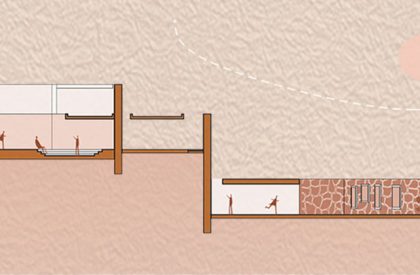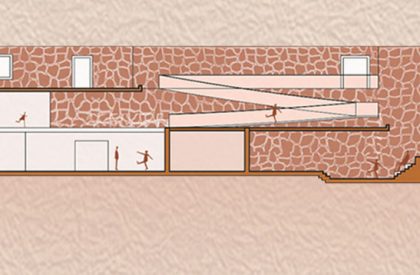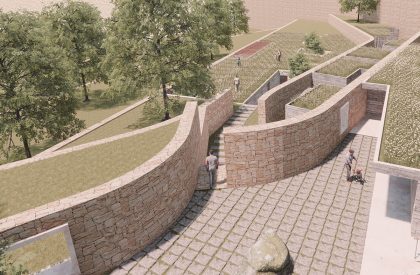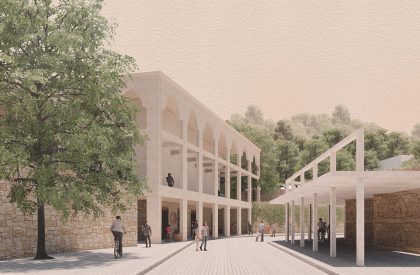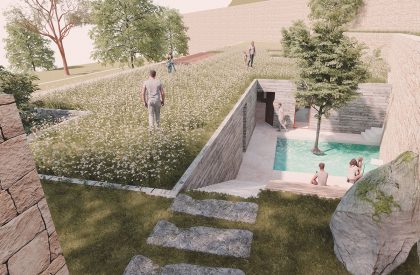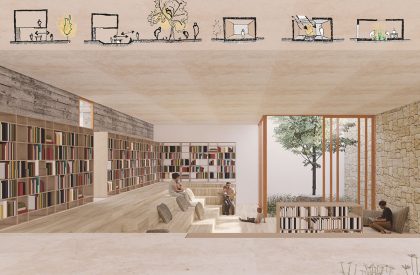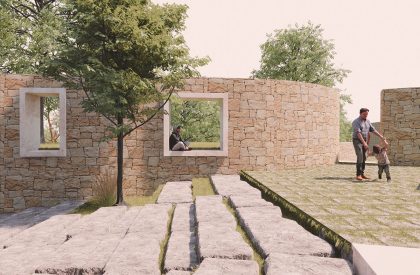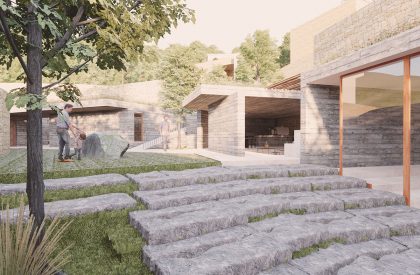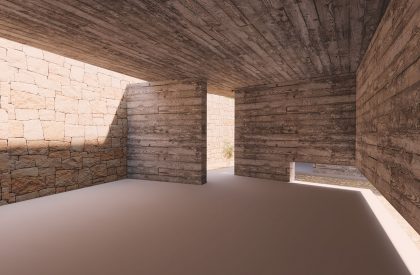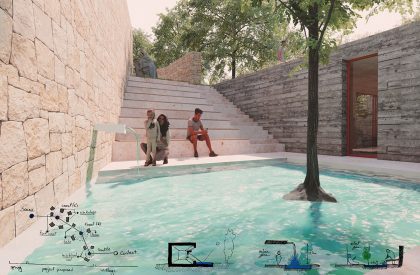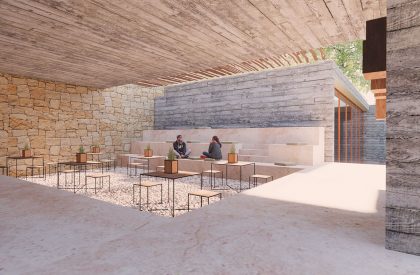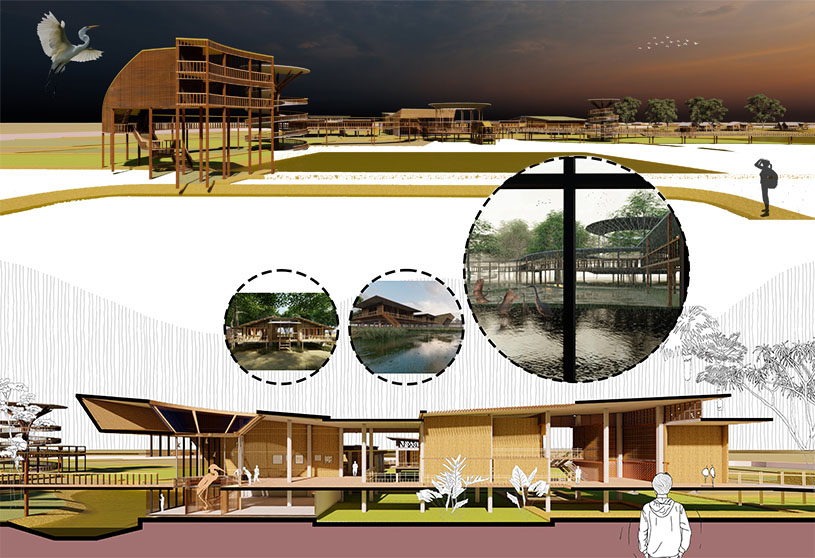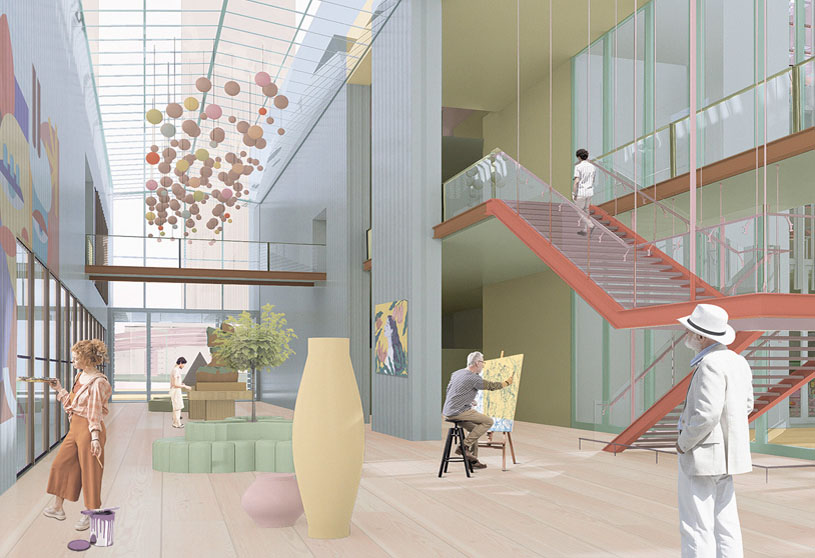Excerpt: ‘A Humanized Architecture: A center for Heritage, Education and Culture in Akkar Al Atika’ is an architecture thesis focused on community development by Wael Daher from The Jamal Abed Faculty of Architecture, AZM University, that seeks to increase awareness of the significance of rural life, the value of heritage, and the sense of being rooted in and belonging to a place. The project’s objective is to create humanised architecture that complements the small community of Akkar al Akita in northern Lebanon and serves as a model for the area, enabling the residents to recognise and comprehend their history.
Introduction: The architecture thesis delves into a pressing real-life experience in Akkar El Atika, a small village in northern Lebanon with a glorious yet dormant past that suffers from a persistent loss of connection to its cultural heritage and history. The idea behind the project was to create architecture that addresses people first, rather than architecture that seeks to stand out and exhibit itself. It is an architecture that maintains an active public realm supported by the built environment by delving deeply into the past and drawing lessons to create continuity and reestablish the harmonious sense of belonging to what the ancestors have left behind as an inheritance in construction techniques, spatial definitions, and cultural heritage.
Through the use of local knowledge and resources and addressing the physical and environmental needs of the area, the project seeks to increase awareness of the significance of rural life, the value of heritage, and the sense of being rooted in and belonging to a place.
Save